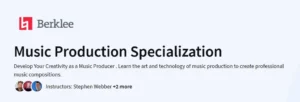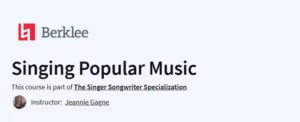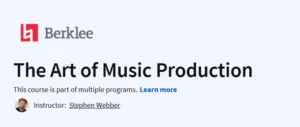What you will learn in In the Studio: Postwar Abstract Painting Course
Understand the materials, techniques, and approaches used by seven New York School artists: Willem de Kooning, Yayoi Kusama, Agnes Martin, Barnett Newman, Jackson Pollock, Ad Reinhardt, and Mark Rothko.
Develop a deeper appreciation of studio practices and how ideas evolve through close observation.
Gain insights into the cultural, intellectual, and historical contexts of postwar abstract painting.
Enhance visual analysis skills and apply them to create your own abstract artworks.
Program Overview
Introduction
⏳ 3 hours
Overview of the New York School and foundational painting techniques.
Studio demonstrations on canvas preparation and paint application.
Barnett Newman
⏳ 2 hours
Exploration of Newman’s techniques and analysis of key works like Onement I and Vir Heroicus Sublimis.
Willem de Kooning
⏳ 3 hours
Study of de Kooning’s dynamic brushwork and examination of pieces such as Woman I.
Jackson Pollock
⏳ 3 hours
Insight into Pollock’s drip painting method and discussion of works like One: Number 31.
Mark Rothko
⏳ 2 hours
Understanding Rothko’s color field paintings and their emotional impact.
Agnes Martin
⏳ 2 hours
Examination of Martin’s minimalist approach and subtle use of grids and lines.
Ad Reinhardt
⏳ 2 hours
Analysis of Reinhardt’s monochromatic black paintings and their philosophical underpinnings.
Yayoi Kusama
⏳ 3 hours
Study of Kusama’s repetitive patterns and exploration of infinity through art.
Final Project
⏳ 4 hours
Option to complete a visual analysis essay or create an original abstract painting inspired by the artists studied
Get certificate
Job Outlook
Enhances skills relevant for careers in art education, museum curation, and art criticism.
Provides foundational knowledge beneficial for aspiring artists and art historians.
Completing this course can bolster qualifications for roles requiring expertise in modern art and visual analysis.
Specification: In the Studio: Postwar Abstract Painting
|
FAQs
- No prior art knowledge is required.
- Suitable for beginners, hobbyists, and art students.
- Introduces abstract painting movements, key artists, and techniques.
- Encourages observation and analysis of works to understand artistic intent.
- Covers techniques used by postwar abstract painters.
- Includes guidance on brushwork, color, composition, and materials.
- Encourages experimentation in personal studio practice.
- Supports learners in developing their own abstract painting style.
- Explores the historical context of postwar abstract painting.
- Highlights influential artists and major movements.
- Connects historical techniques to contemporary artistic practice.
- Encourages critical reflection on the evolution of abstract art.
- Teaches visual analysis and interpretation of abstract works.
- Explains key concepts like color, form, and gesture.
- Provides strategies for understanding artistic intention and meaning.
- Enhances critical thinking and art appreciation skills.
- Builds knowledge useful for artists, curators, and art educators.
- Improves visual literacy and understanding of artistic movements.
- Encourages creative experimentation in personal or professional projects.
- Serves as a foundation for further study or professional artistic development.





